
For most people, a scare provides more treats than tricks.
When Michael Myers pops up behind Jamie Lee Curtis, your heart beats faster, your pupils dilate and your muscles tense in preparation for action, says Dr. Margee Kerr, a sociologist who studies fear and the ways it haunts our bodies and minds. This happens because fear floods your brain with “a powerful chemical punch” of fight-or-flight hormones and neurotransmitters, she says. Those include endorphins and dopamine—feel-good chemicals that dull pain, excite your mood and create an incredible natural high similar to falling in love (or doing some illicit drugs).
“Even though you knew you were never really in danger, you still feel a sense of euphoria after making it through a frightening event,” says Kerr, who also works with the design team of a haunted house in Pittsburgh called ScareHouse.
When you’re freaked out, your body also starts pumping out a bonding chemical called oxytocin—the same hormone that mothers produce during childbirth. This can make a frightful experience a fantastic way to solidify friendships and other social relationships. “Watch people walking out of a haunted house, and you’ll see lots of smiles and high fives,” Kerr says. Strong social connections have been linked to dozens of health benefits, including a longer life. And friends who are scared together, stay together, she adds. (Lovers, too, so pick the scary movie for a great date.)
There’s even some evidence that experiencing fear can bolster your ability to handle high-stress situations. Whether you’re watching a freaky flick or speaking in public, managing a knee-knocking ordeal builds self-assurance and acclimates your body to high-arousal states. “You become more comfortable with the physical experience of fear, and so you’re better able to work through it during tense situations,” she explains.
You Asked: Your Top 10 Health Questions Answered
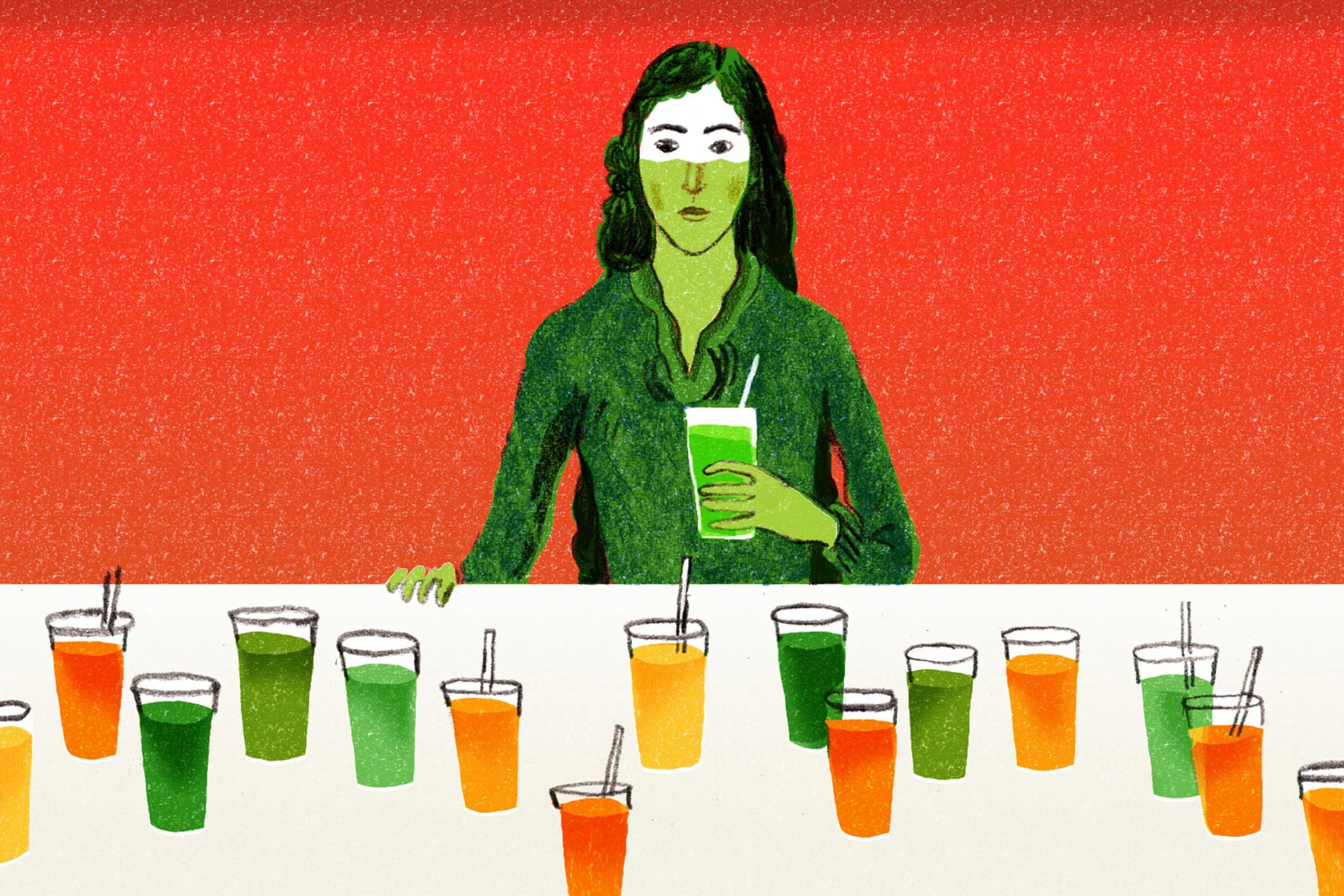
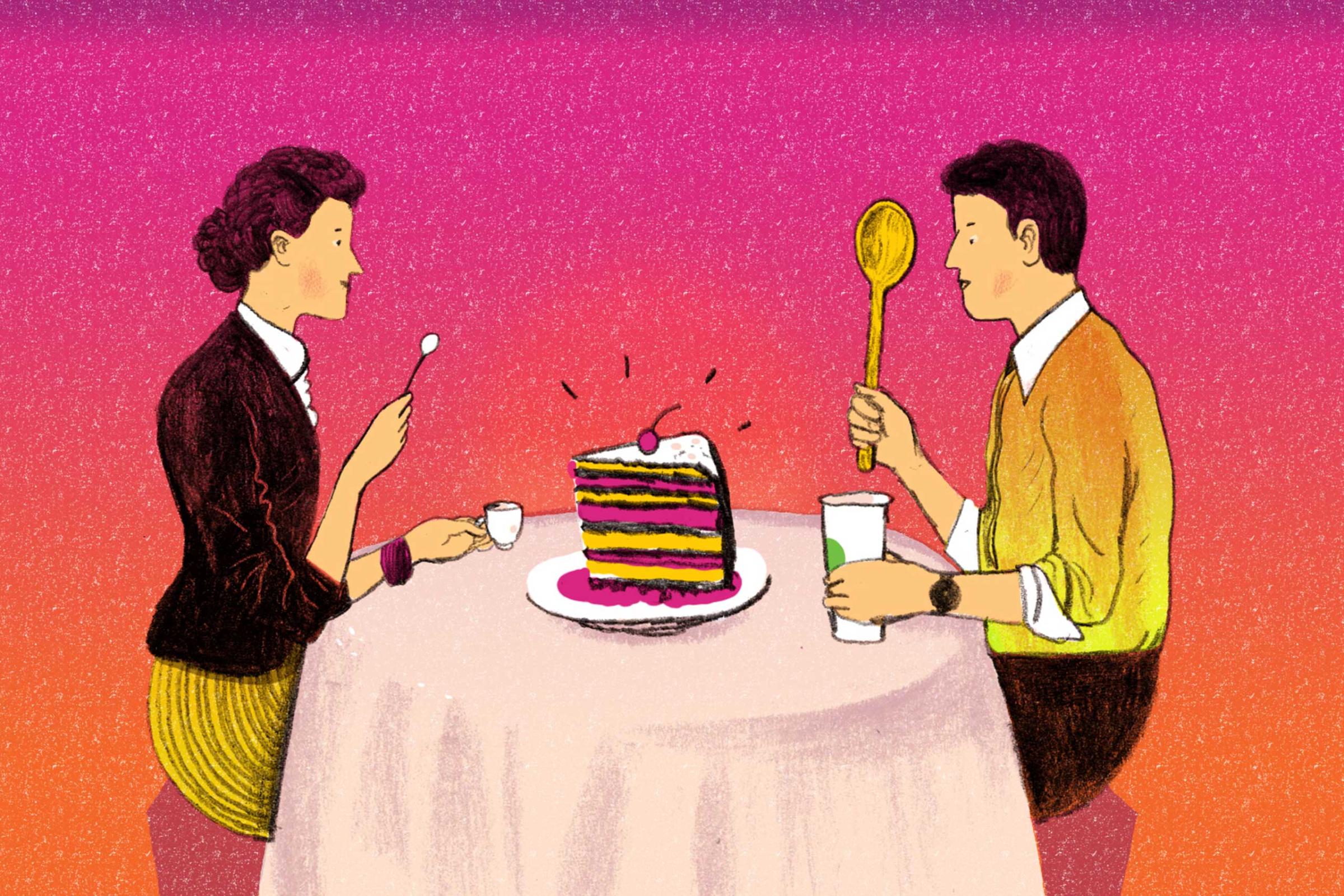
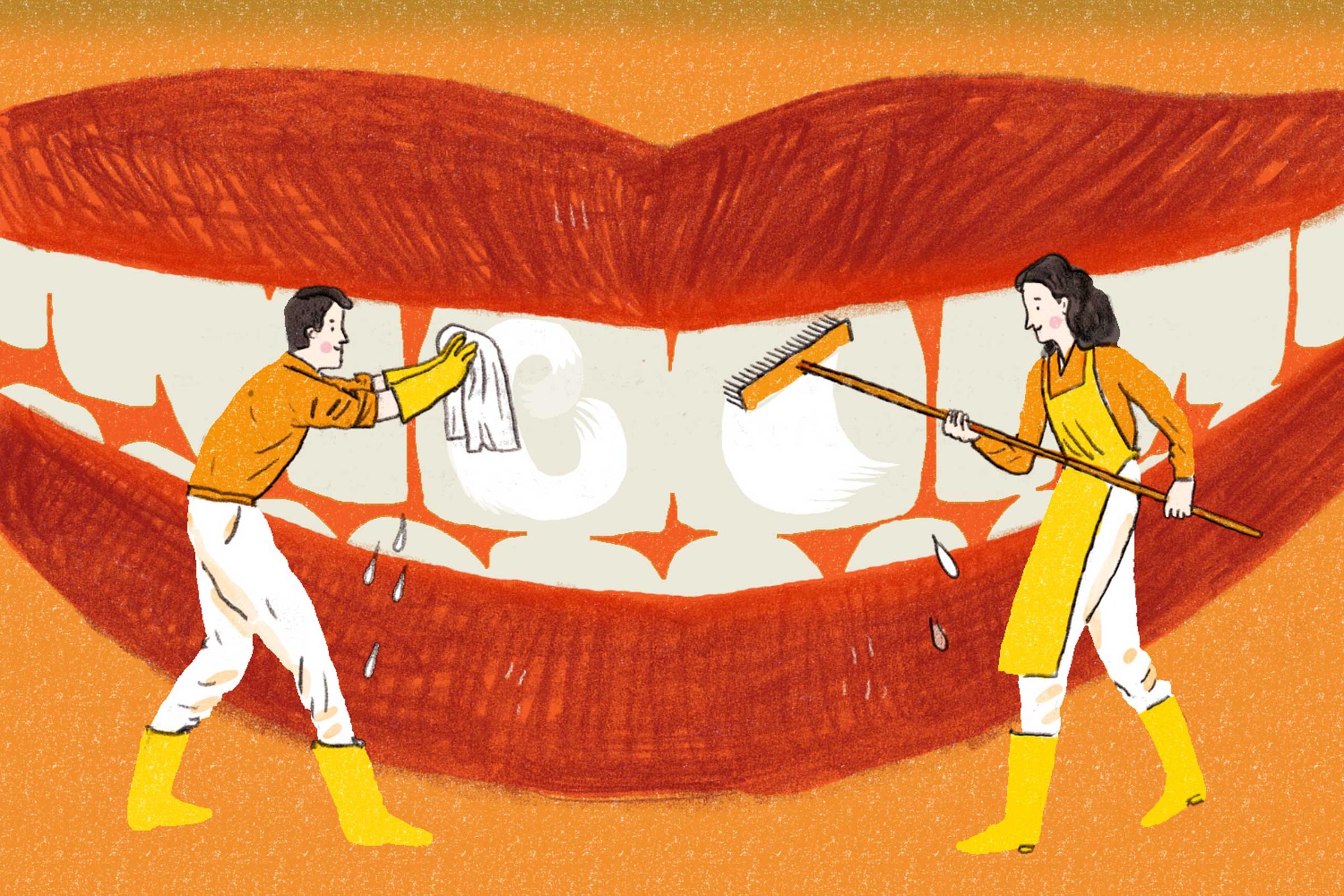
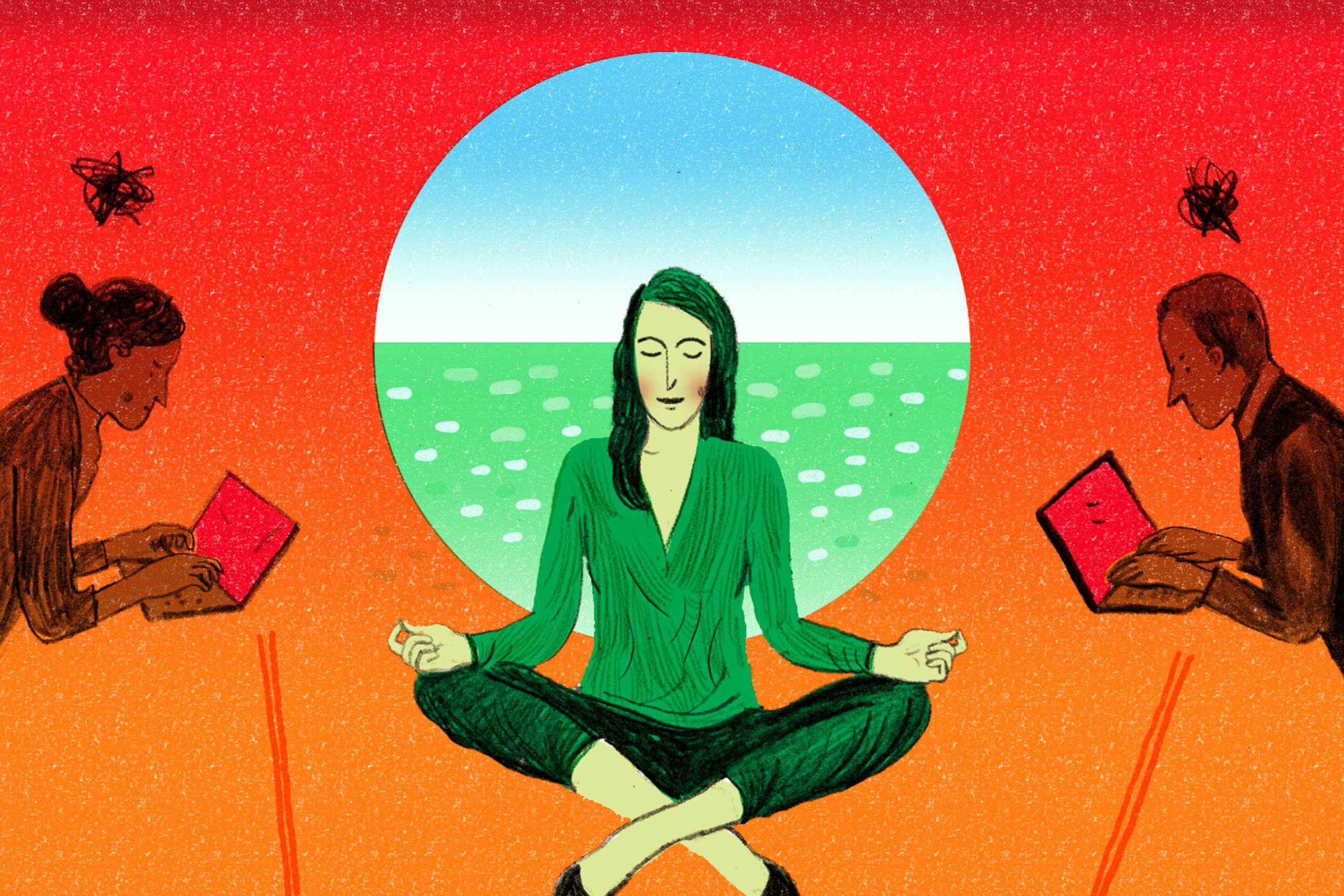
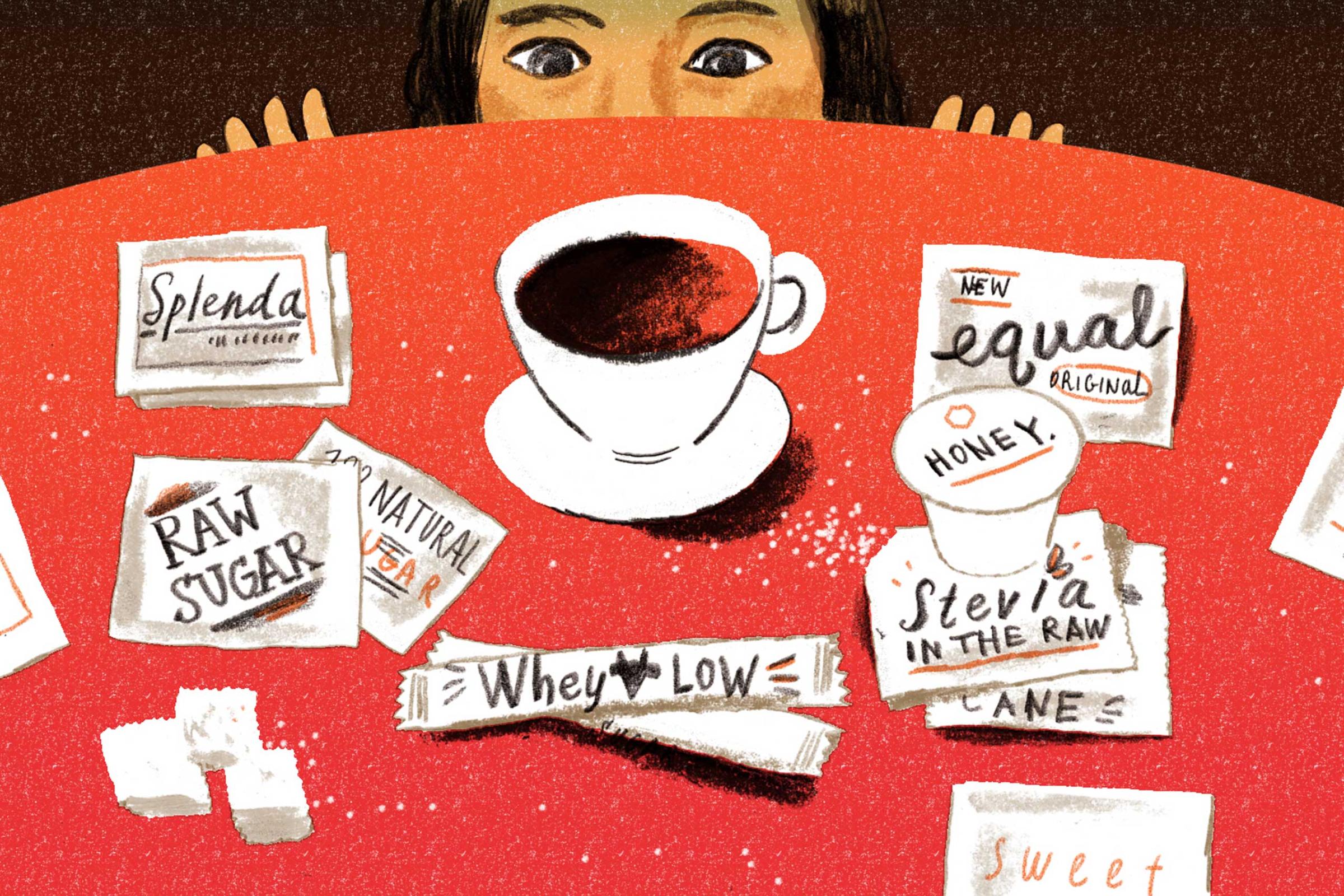


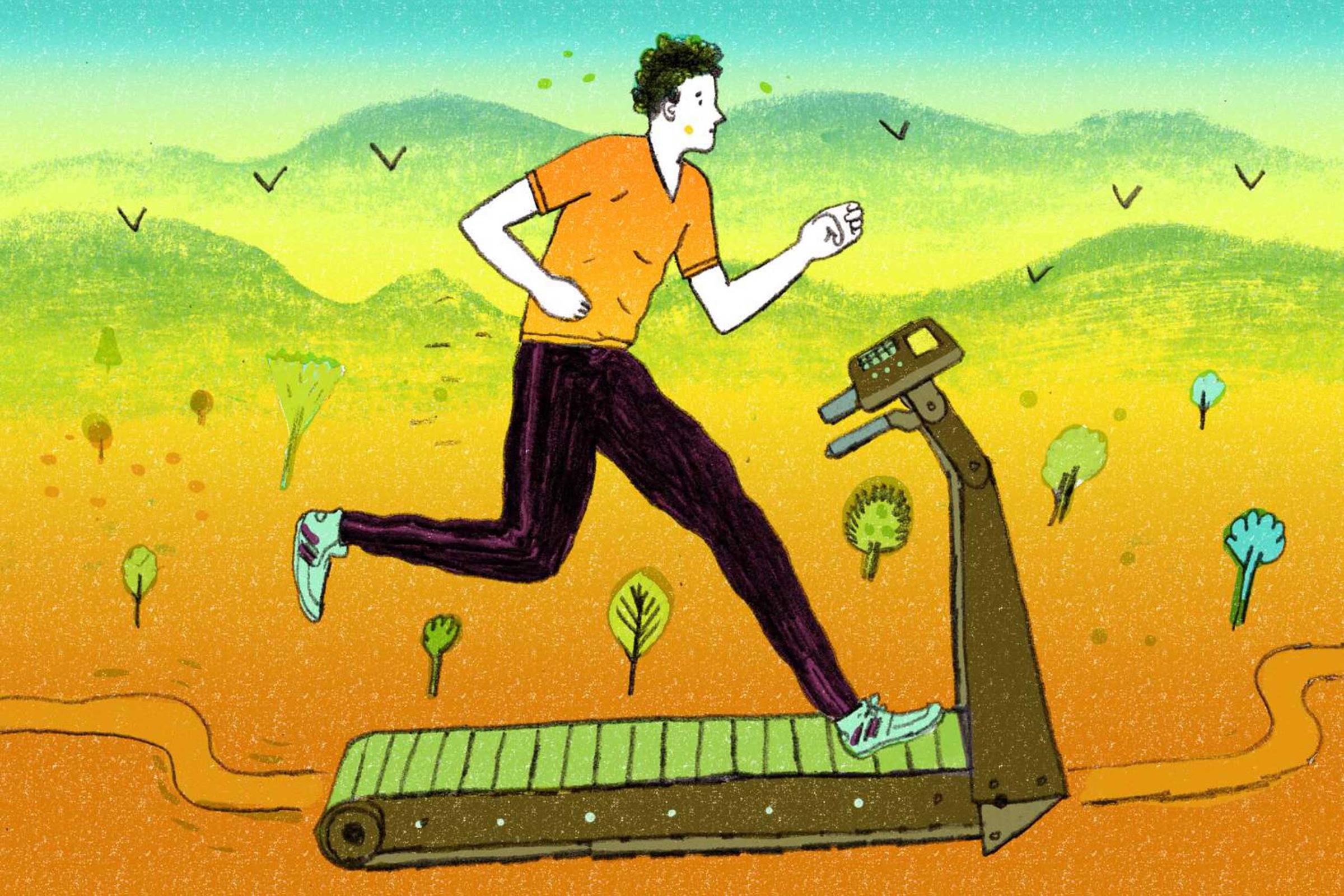
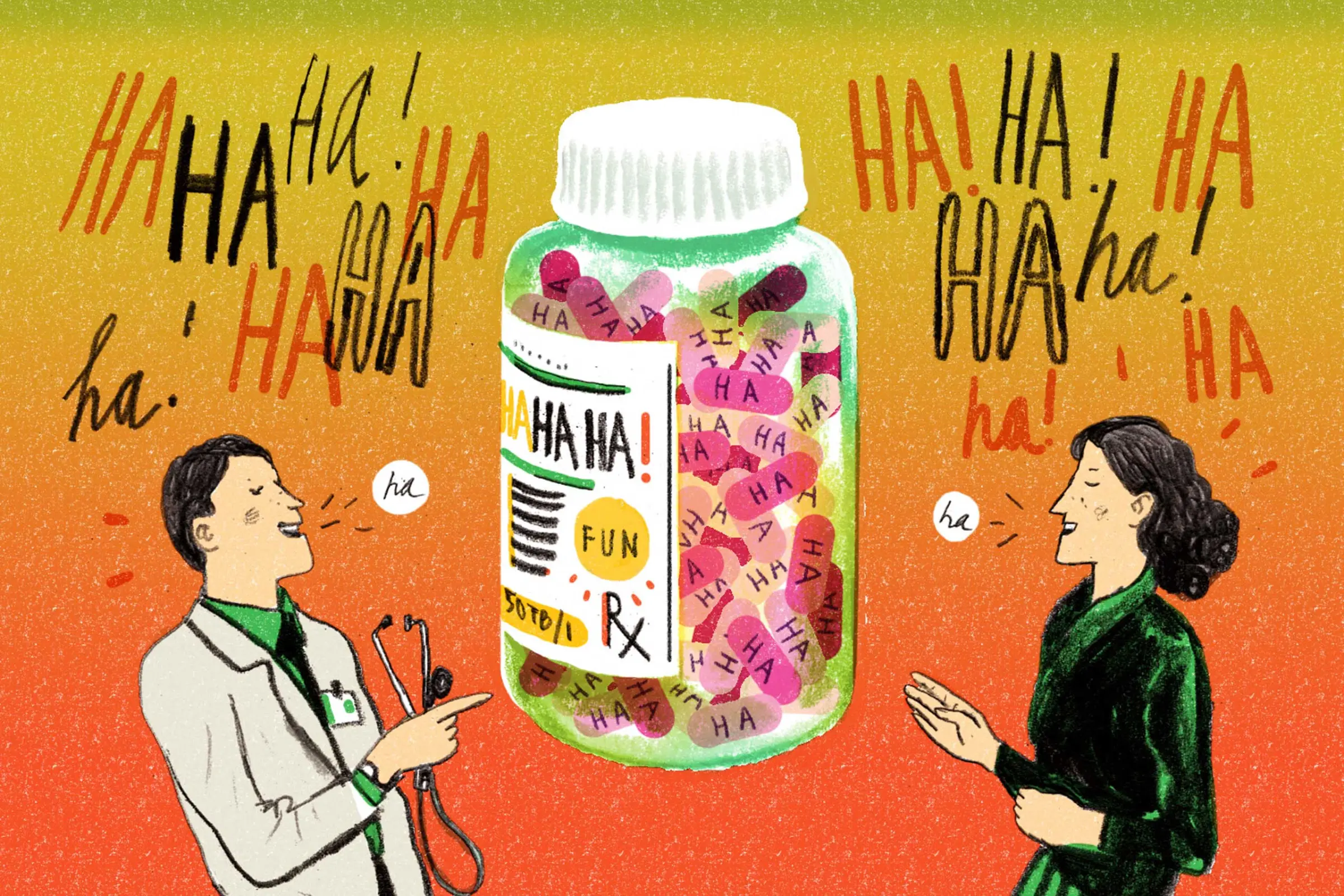
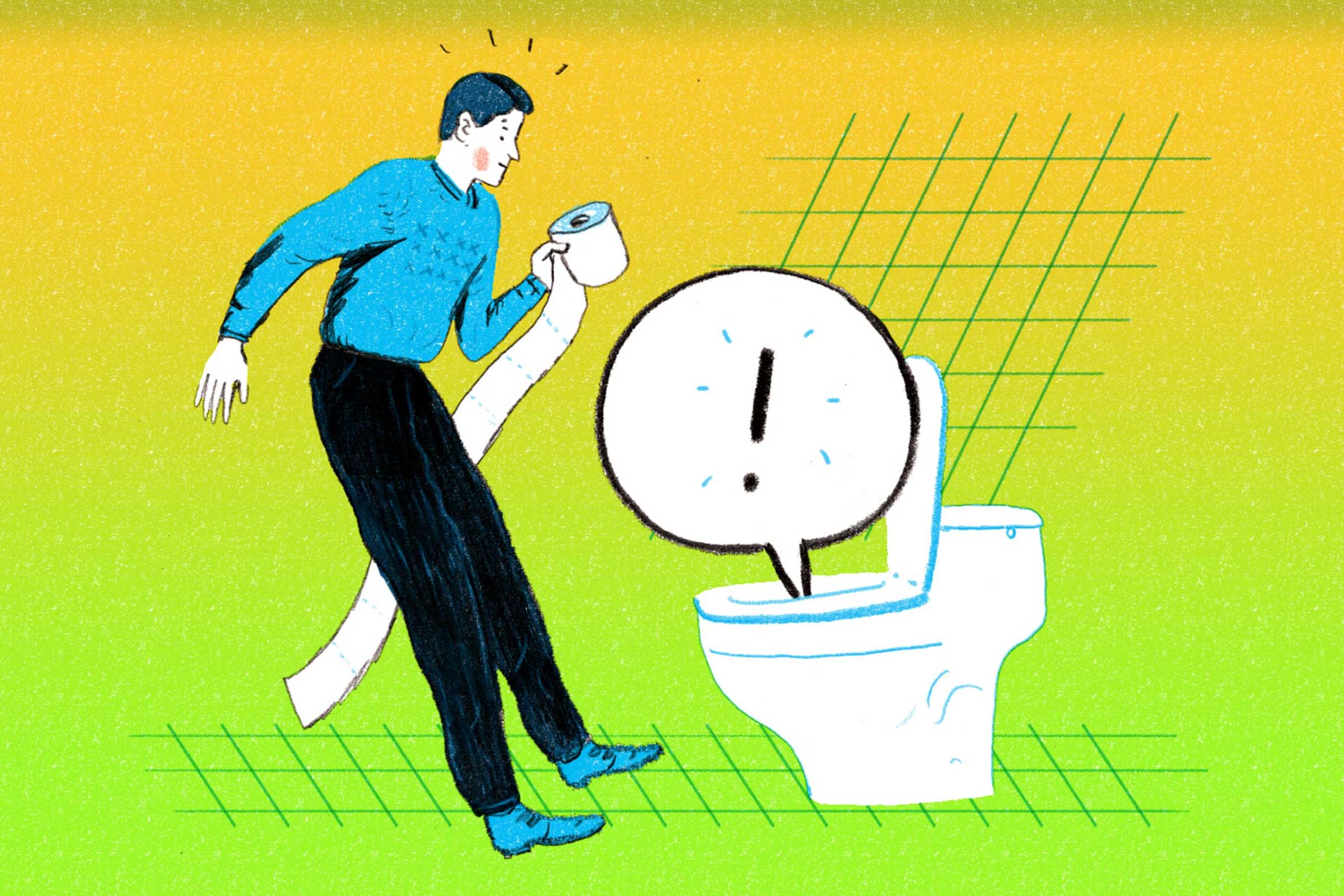
In fact, Kerr and colleagues at the University of Pittsburgh are hopeful that exposure to minor sources of fear—like seeing a horror film—could help those suffering from post traumatic stress disorder (PTSD) re-learn how to manage their fear responses in healthy ways. It’s just a hypothesis right now, but if a PTSD sufferer can engage with benign scary experiences and stay in control, he or she may become more comfortable with the deeper sources of their anxieties, she says.
But it’s important to note that not all people respond to freaky situations in healthy ways. “Everyone has a different tolerance level when it comes to fear,” Kerr says. What might be energizing or thrilling to one person might be debilitating to another. “Some people just shut down or are traumatized by their fear,” she adds. This can lead to nightmares, a prolonged inability to sleep, or unhealthy levels of anxiety.
“I worry when I see people being dragged into haunted houses or scary movies,” Kerr says. “They go along because of social pressure, but the type of fear they might experience can create some of these very negative consequences.”
Kerr also says children don’t respond to frightening situations in the healthy ways many adults do. “Kids who are younger than six or seven can’t separate real from make-believe, and seeing something frightening can be really traumatizing,” she explains.
But for many adults, a little scare now and then is a good, healthy way to experience some excitement. It’s just not for everyone. “People know what they enjoy and what they don’t when it comes to fear,” Kerr says. “What you find fun or thrilling, someone else may think is too much.”
More Must-Reads from TIME
- Donald Trump Is TIME's 2024 Person of the Year
- Why We Chose Trump as Person of the Year
- Is Intermittent Fasting Good or Bad for You?
- The 100 Must-Read Books of 2024
- The 20 Best Christmas TV Episodes
- Column: If Optimism Feels Ridiculous Now, Try Hope
- The Future of Climate Action Is Trade Policy
- Merle Bombardieri Is Helping People Make the Baby Decision
Contact us at letters@time.com